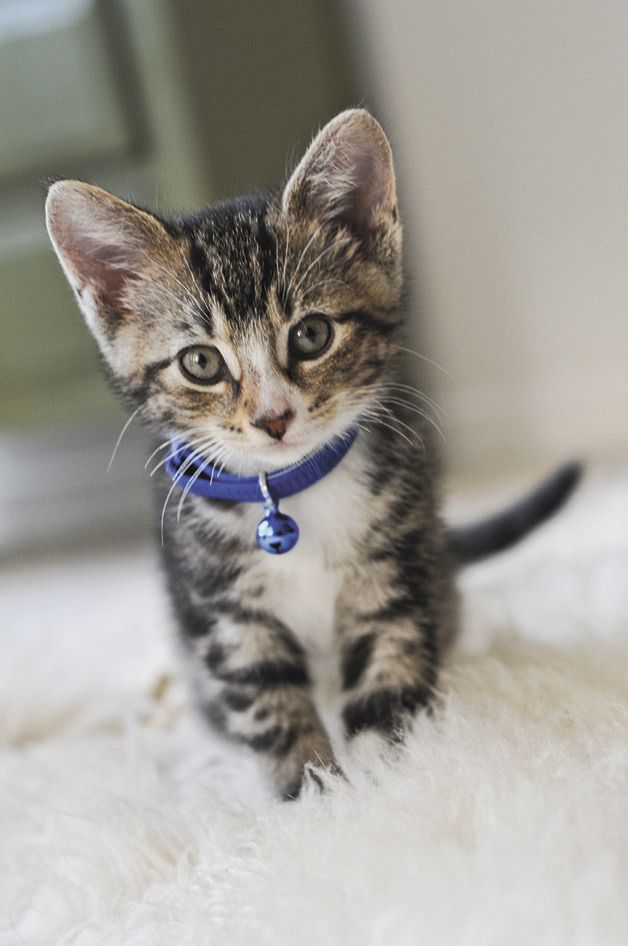While many people might think the lackadaisical lifestyle of the house cat is the epitome of stress-free living, stress can be conveyed in ways often considered to be behavior problems. Spraying, scratching, aggression, hiding – all can be symptoms of stress. Insecurity, boredom, fear and separation anxiety are all common sources of stress.
A few changes in your kitty’s environment and routine may be all you need to get the purring started.
Domestic cats have descended from tree- and bush-dwelling ancestors. This is likely why most cats prefer being up high and in small cubbies. Cats feel safer and more confident when they have a place of their own above the chaos on the floor. This can be accomplished by grand cat trees with perches and cubbies that overlook their surroundings or by simply rearranging the furniture and maybe adding a few shelves devoted to cat traffic.
The essential components of a successful cat space are:
• It needs to be high enough to escape ground-level activities, whether is it strangers, kids, dogs or other cats;
• There cannot be dead ends where your cat can get trapped, and
• There is at least one perch where your cat can observe from a distance. Insecure cats can build confidence from this vantage point. They’re more likely to engage because they have access to a safe retreat above them.
A cat that sprays may be doing so to claim territory and by providing his own territory the behavior may cease. Aggressive behavior often lessens when cats have a place to avoid ground-level stressors.
Exercise is another essential component of decreasing feline stress. While dogs can go on a long hike or play fetch to drain energy, cats use play as exercise. Most cats can be coaxed to run and jump with a feather lure, laser or mouse toy. The goal is to have them panting by the end of the play session, (unless your cat has a medical condition). If your cat engages in “bad” behavior while you’re away, try spending 10 to 15 minutes of active play before you leave to drain energy. You may also want to provide a treat dispensing or interactive toys to combat boredom while you’re gone.
If your pet is too active or destructive while you’re trying to sleep, move playtime to just before bedtime.
Litter box issues are one of the most common reasons cats are relinquished to shelters, but are a popular way for cats to communicate stress. If a box-trained kitty suddenly stops using the litter box, there is a reason. Medical reasons need to be excluded by a veterinarian. Bladder problems can occur in any cat, but especially kibble-fed cats, and bladder infections make voiding painful. Cats can then associate the litter box with that pain, even after the infection has been treated. Offer that cat a different style box and litter to avoid the stress and anxiety of the previous association.
If there is more than one cat in the family, there should be multiple litter boxes, with different litters, in different locations. The general rule is one more box than cats. Hooded litter boxes are a place where dominant cats can guard or ambush a timid resident, thus causing anxiety and refusal to use the box. Having multiple bathrooms will ease that stress.
Happy cats make excellent roommates. By creating an environment where they can engage in natural behaviors, you can enjoy the feline companionship of a relaxed cat!
This article was provided by Cobber’s Pet Pantry, 1415 Blake St. in Enumclaw. The shop can be reached at 360-825-7387. Website: cobberspetpantry.com.


